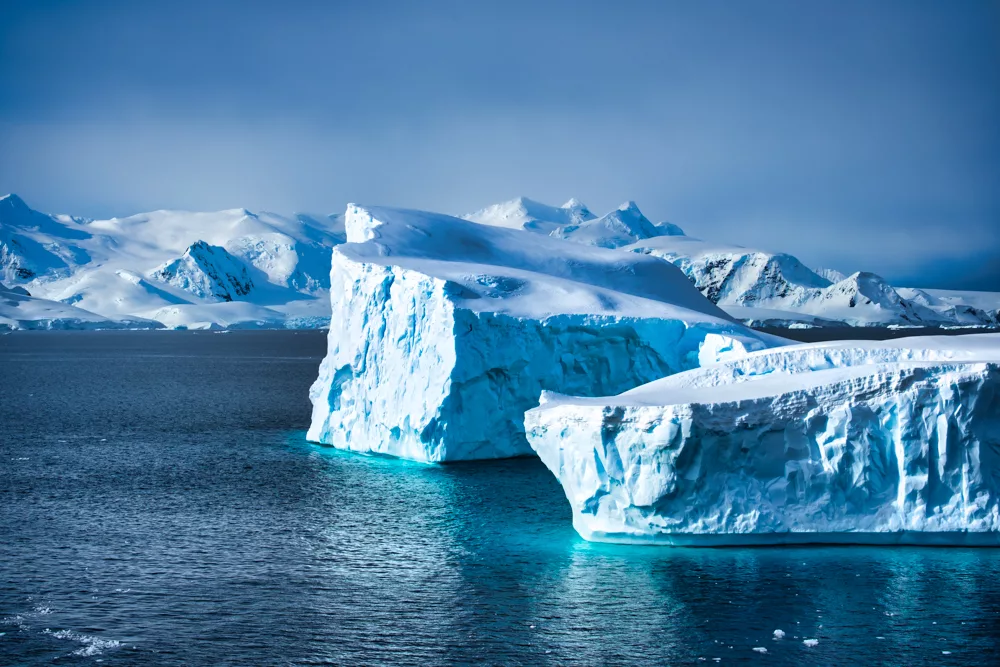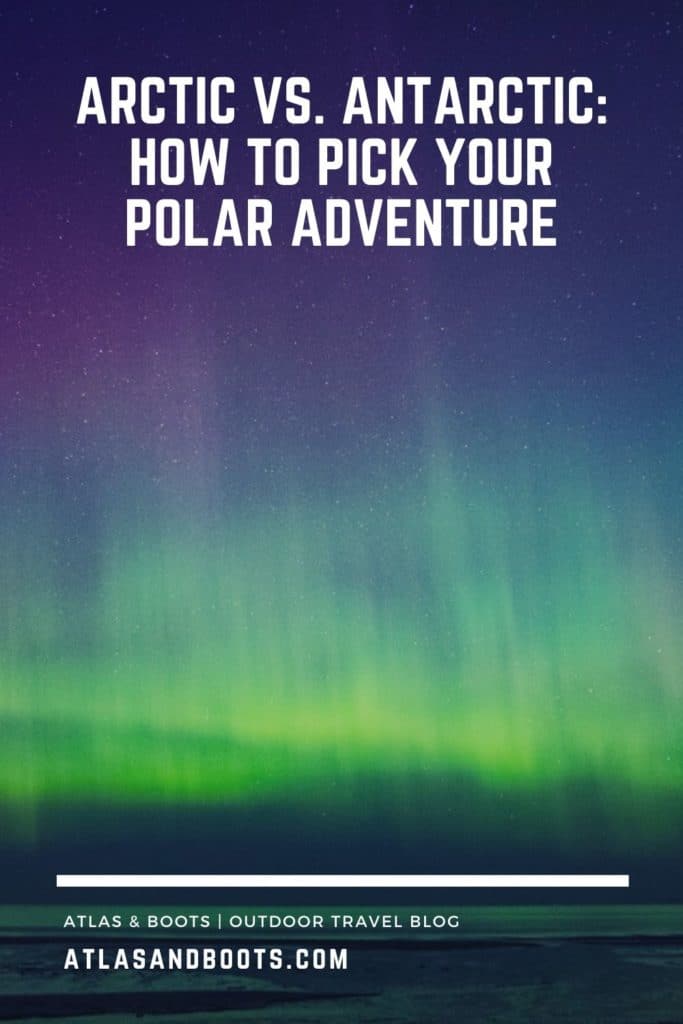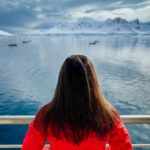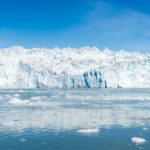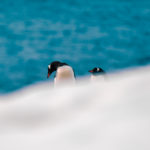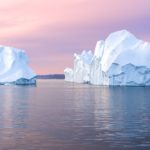Can’t decide between the Arctic or Antarctic for your polar adventure? Our guide will help you choose between 66° north or south
The North and South Poles were only “conquered” in relatively recent history. The South Pole was first attained in 1911 by the Norwegian Roald Amundsen after his epic race with the ill-fated Robert Falcon Scott.
The conquest of the North Pole is a little murkier thanks to its location in the middle of the Arctic Ocean among waters that are almost always covered with shifting sea ice.
It’s possible that Frederick Cook was the first to reach the North Pole in 1908 or perhaps it was Robert Peary in 1911 or maybe Richard E. Byrd who was the first to fly over it in 1926… But it wasn’t until Roald Amundsen’s definitive flight over the Pole on 12th May 1926 that the first consistent, verified and scientifically convincing attainment of the North Pole was recorded.
Polar exploration has long sparked the public’s imagination and in recent years travellers’ appetite for adventure means there is even more on offer than ever before.
Arctic or Antarctic?
Kia and I have been fortunate enough to cross both Polar circles. Between us, we chased the Northern Lights, trekked the Arctic Circle Trail and observed the midnight sun in Svalbard and Greenland. Most recently, we visited Antarctica on a 10-day expedition to the South Shetland Islands and Antarctic Peninsula and then Svalbard on an 8-day Svalbard expedition.
I would like to tell you that having crossed off these bucket list items, I can move on. But I can’t. Instead, I suspect I have caught the “polar bug”.
I would return to the Antarctic in a heartbeat and I still want to see the Canadian, Russian, Alaskan, Swedish and Finnish Arctic. Not only is it an overwhelmingly beautiful landscape, home to some of the planet’s most extraordinary animal life but there are countless more places to see beyond the peninsula: South Georgia, the Falkland Islands, the Auckland Islands, the Ross Sea.
If you’ve dreamt about visiting these frigid lands but are unsure which destination is right for you, our guide should help you choose between the Arctic or Antarctic.
Sustainability
As the world faces unprecedented challenges in the form of climate change, it’s more important than ever that we make the right decisions when visiting sensitive ecosystems such as those found in the polar regions.
Adventure travel is on the rise and with trends suggesting travellers are looking for more sustainable options and to support the communities they are visiting, sustainable travel is often consumer-led.
Perhaps the first question to ask is: should I even be going? Kia and I have discussed how we make sacrifices in our lives in order to justify our travels. Those sacrifices include minimising our environmental footprint by not having children, adapting our diets and reducing the flights we take. We argue that we can’t have everything in life, so to travel the way we do, we must make significant lifestyle sacrifices elsewhere.
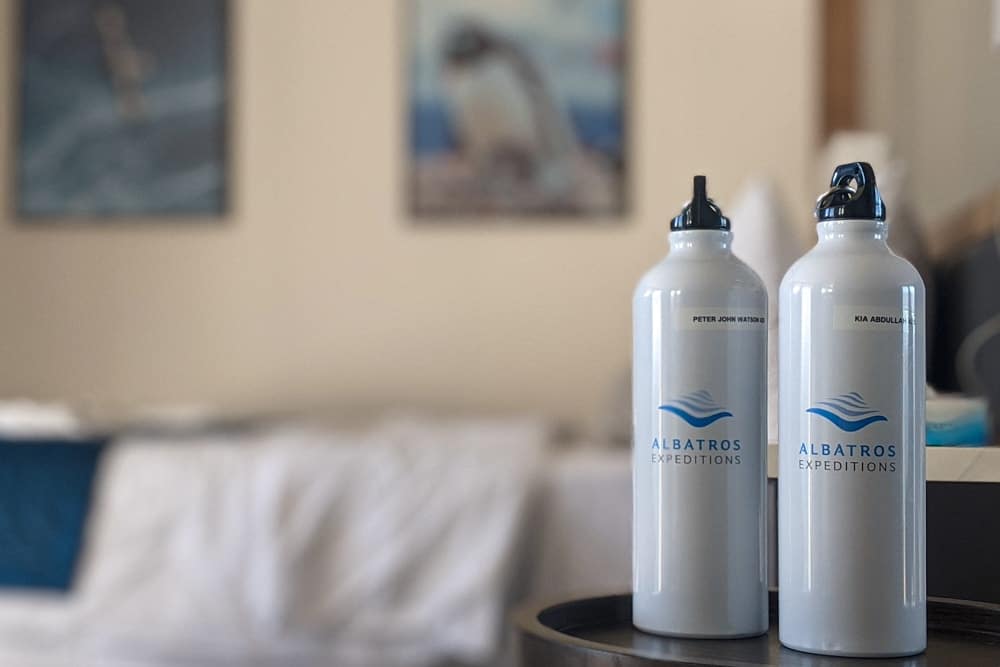
We urge would-be polar visitors to do their research before booking their trip. This could be checking the sustainability credentials of your accommodation, opting for sustainable activities, supporting local economies and only using certified sustainable travel providers. When at your destination, limit energy use, conserve water, reduce food and plastic waste, and never litter.
Do not visit the polar regions on a large cruise ship. Instead, opt for small ship expeditions which carry fewer than 250 passengers. The smaller, the better. Large cruise ships have a monumental environmental impact with one recent study finding that one large cruise ship has a climate impact equal to that of 12,000 cars – disastrous for delicate habitats such as the polar regions.
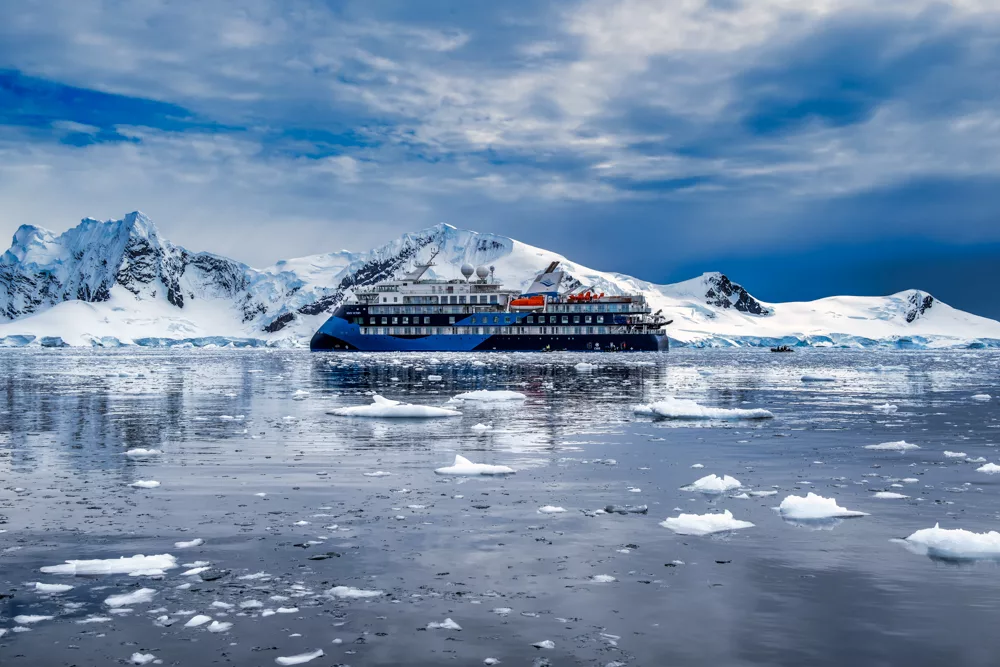
We visited Antarctica on the Ocean Victory, a state-of-the-art small ship with only 93 staterooms with a maximum of 198 passengers. It is currently the greenest expedition ship that tours Antarctica and has signed up to a number of green initiatives (e.g. not supplying single-use plastic and only using biodegradable cleaning products on board).
Only book a voyage with an Arctic operator that is a member of the Association of Arctic Expedition Cruise Operators (AECO) or an Antarctic operator that is a member of the International Association of Antarctica Tour Operators (IAATO). Both organisations are committed to responsible tourism and publish visitor guidelines as well as member directories to find operators.
Temperature
Whether you head north or south, you’re going to be cold. Very cold. However, it’s useful to know that unlike the rest of the planet, the south is colder than the north.
Broadly speaking, the Arctic region will experience temperatures between -43 and 5°C (-45 and 41°F) with coastal areas (which is where tourists are most likely to be) reaching 10°C (50°F) in the summer months. Average July temperatures range from about -10 to 10°C (14 to 50°F) with some inner land areas occasionally exceeding 30°C (86°F) in summer!
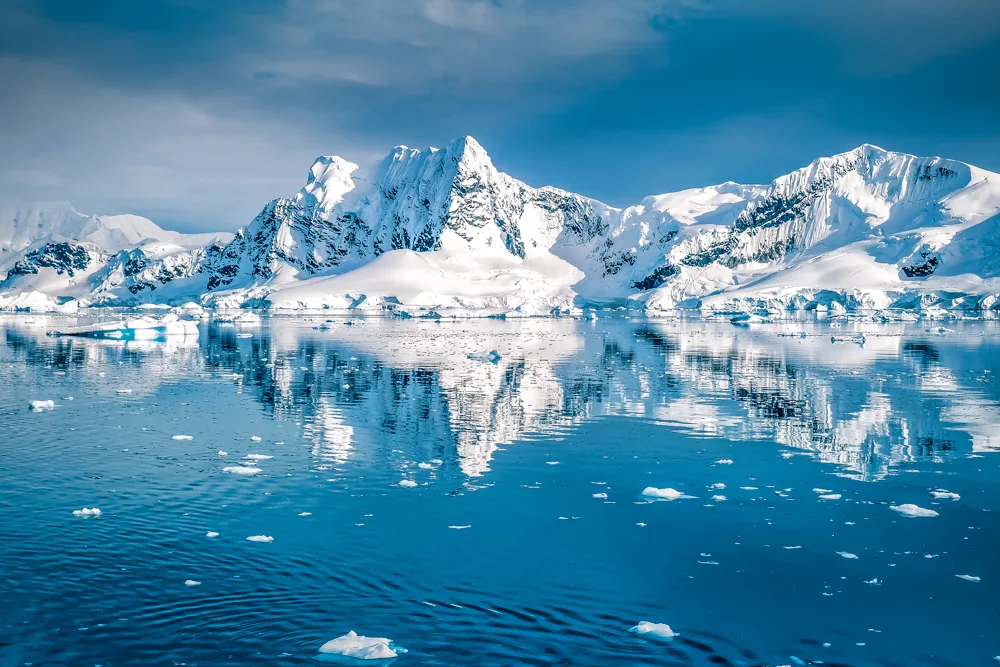
The Antarctic is a different story. It is the coldest continent on Earth. In 1983, researchers at the Soviet Antarctic station recorded the lowest natural temperature ever at ground level of -89.2°C (-128.6°F). Temperatures in Antarctica regularly reach -80°C (-112°F) in the interior in winter and between 5°C (41°F) and 15°C (59°F) near the coast in summer. The Antarctic is considerably colder than the Arctic.
When to go
Winters and summers in the polar regions are easier to define than in most destinations.
The high Arctic is (mostly) closed from October to March thanks to much of the region being icebound, meaning ships cannot pass. The six-month darkness of the polar night engulfs the region making sightseeing (other than the Northern Lights) a rather tedious affair. As such, inner Greenland and the far north are largely off-limits during the winter months.
However, if you’re only interested in the bragging rights that come with crossing the Arctic Circle then this can be done year-round in Scandinavia without leaving mainland Europe. For example, we visited Tromsø 350km north of the Arctic Circle and besides Northern Lights watching, we went husky hiking, whale watching and fed Arctic reindeer. These sorts of activities can be found all over the lower Arctic regions in Northern Europe, Canada and Russia throughout the winter months.
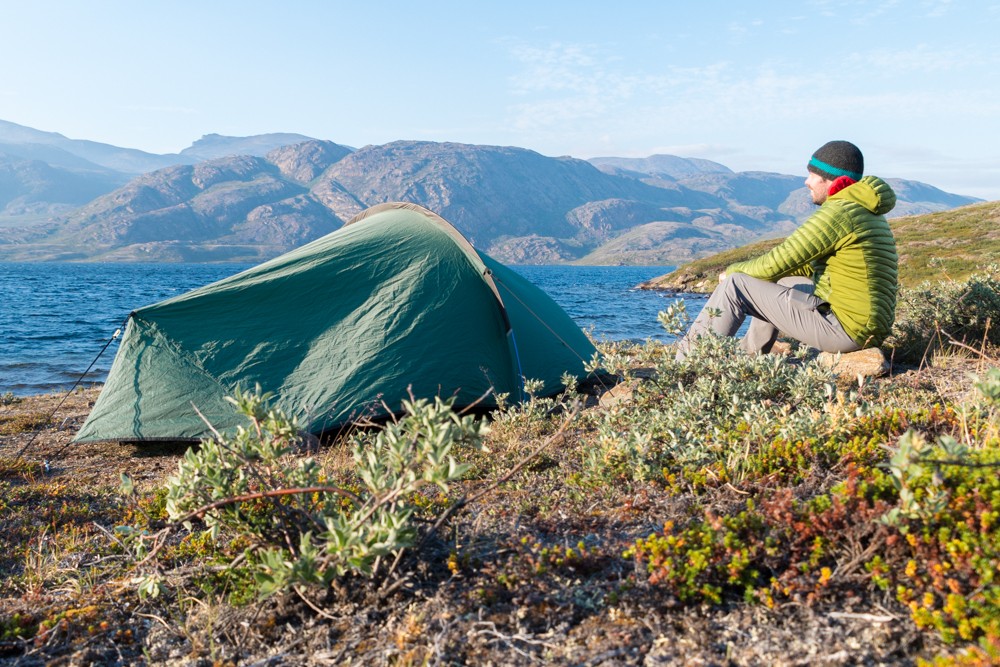
The Antarctic, however, really is closed during the southern winter. From April to October, freezing temperatures, the polar night and pack ice reaching up to 1,000km beyond the edge of the continent make it inaccessible to anyone other than the 1,000-odd hardy souls who overwinter at research stations every year. You’ll have to wait for the pack ice to break up between December and March to have a shot at crossing the Antarctic Circle.
The table below gives an idea of the best time to visit depending on your interests.
| Best time for… | Arctic | Antarctic |
| Largest icebergs | Apr-Jun | Nov-Jan |
| Whales | Apr-Sep | Dec-Apr |
| Humpback whales | Apr-Jul | Feb-Mar |
| Narwhals | Apr-Sep | – |
| Birdlife | Apr-Sep | Dec-Mar |
| Penguins | – | Dec-Feb |
| Northwest passage accessible | Jun-Aug | – |
| Ross Sea accessible | – | Jan-Feb |
| Arctic circle crossing | Year-round | – |
| Antarctic circle crossing | – | Jan-Mar |
| North Pole expedition | Feb-Apr | – |
| South Pole expedition | – | Nov-Jan |
| Svalbard | Jun-Aug | – |
| Greenland | Apr-Sep | – |
| Falkland Islands | – | Oct-Feb |
| South Georgia | – | Oct-Jan |
| Aurora watching | Jan-Mar | Mar-Sep |
Wildlife
Even though the two polar regions share many similar traits, they differ greatly in wildlife with a much wider range found in the north. This is because much of the landmass in the north is attached to continents that stretch further south while the Antarctic is completely isolated. This means the Arctic has far more terrestrial mammals.
On land in the north you’ll find muskox, reindeer, caribou, foxes, hares, wolves, lemmings and, of course, the polar bear. Marine mammals include seals, walruses and several species of whale: humpback, baleen, narwhals, orcas (killer whales) and belugas.
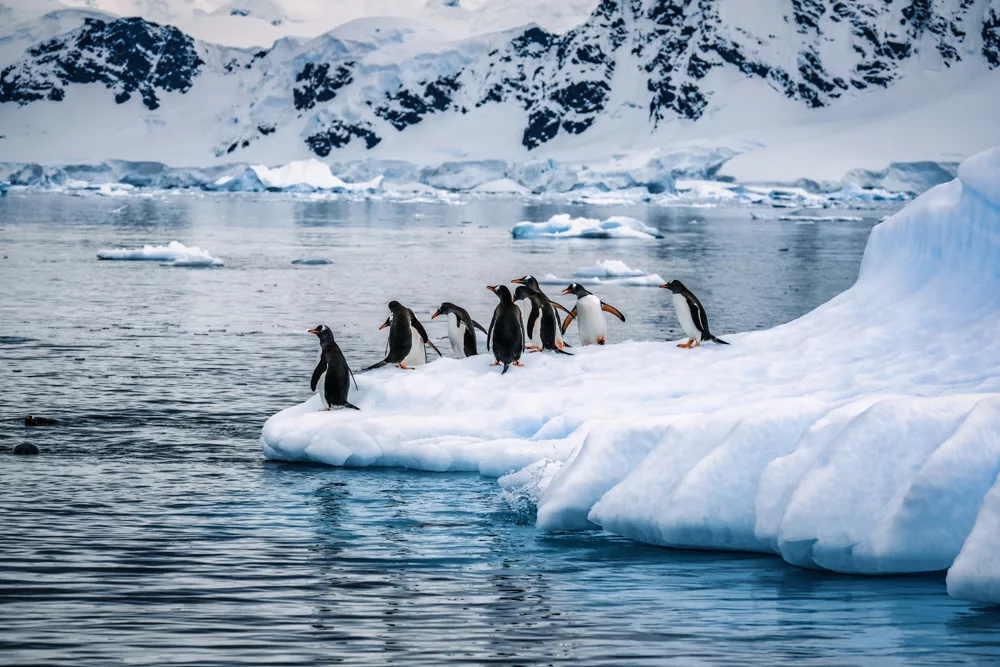
In the south, it’s slim pickings on land. The flightless midge, Belgica Antarctica, is just 6mm (0.25in) in size and is the largest purely terrestrial animal in Antarctica. In the water, there’s more to see with a number of whale species including humpback, orcas, blue, sperm, minke, fin and sei, as well as Ross, Weddell, crabeater, leopard, fur and elephant seals.
There are also, of course, several species of penguins including Emperor, Adélie, Rockhopper, King, Chinstrap and Gentoo that nest on the continent during the short summer as well. Finally, in the skies, there is a plethora of birdlife including skuas, petrels, gulls, terns and albatrosses.
With all that said, we saw more wildlife during our voyage in Antarctica than we did during our voyage around Svalbard, particularly whales. We saw whales almost every day of the trip. We spotted orcas once from the ship and saw humpbacks several times from both the ship and the Zodiacs. We even saw a minke whale briefly during a Zodiac cruise but it was gone before I managed to get a photo.
Our guide explained that in Svalbard, whales were hunted far more aggressively leading to the decimation of local whale populations. Numbers to this day have still not recovered and whales remain far warier of human activity than in the Southern Ocean.
Voyages
With a range of voyages available, the most popular way of visiting the polar regions is by ship. The below will give you an idea of some of the options but there are many more itineraries out there, particularly in the Arctic.
| Arctic | Antarctic |
| Russian Far East (3-27 days) | South Shetland Islands and Antarctic Peninsula (10 days) |
| Greenland Disko Bay (6 days) | South Shetlands Islands, Antarctica and Crossing the Circle (11 days) |
| Svalbard – Last stop before the North Pole (8 days) | Antarctic Peninsula and the Extreme Weddell Sea (11 days) |
| Northeast Greenland (10 days) | Antarctica, South Georgia & Falkland Islands (19 days) |
| Svalbard Circumnavigation (10 days) | Antarctica and the Circle, Weddell Sea, South Georgia and Falklands (22 days) |
| In the Wake of Eric the Red: Greenland to Iceland (10 days) | In the Wake of Scott & Shackleton: Ross Sea Antarctica (28 days) |
| Through the North Atlantic from Scotland to Svalbard (11 days) | Antarctic Peninsula – Yacht Based Expedition (30 days) |
| Four Arctic Islands (12 days) | |
| Into the Northwest Passage (14 days) |
ADVENTURE
If you want to see how you measure up against the great polar explorers of the past, here are a few of the best options available.
| Arctic | Antarctic |
| North Pole – All the Way (59 days) | South Pole – All the Way (67 days) |
| North Pole – Ski the Last Degree (15-19 days) | South Pole – Ski the Last Degree (15 days) |
| Greenland Crossing Expedition (34 days) | Antarctic Ski Mountaineer (35 days) |
| Hardangervidda Crossing, Norway (8 days) | Antarctic Peninsula – Basecamp Voyages (11 days) |
| Mount Gunnbjorn, Greenland (7 days) | Vinson Massif (16 days) |
| Sail Ski Svalbard, Norway (13 days) | South Georgia Traverse (23 days) |
| Svalbard Crossing, Norway (13 days) | Mount Sidley Expedition (15 days) |
Land-based options
In the Arctic, there are myriad summer and winter activities available that are not ship-based. Ideas include:
- Northern Lights chasing
- Husky and reindeer sledding
- Snowshoeing
- Cross-country skiing
- Sami experiences
- Photography tours
- Tobogganing
- Snowmobiling
- Visiting Lapland
- Wildlife watching including wild moose, wolves, brown bears, lynx, arctic foxes, elks and reindeer among others
- Polar bear watching in Svalbard, Canada’s Northwest Passage, Churchill or Wrangel Island in the Russian Arctic
In Antarctica, there are strict rules in place, so while ships provide zodiac cruises and kayaking, activities on land are limited to exploring on foot. Some expeditions offer open-air camping on Antarctica overnight, but this is usually limited to 30 passengers, so not always available.
Culture
Arctic nations include Canada, Greenland (a territory of Denmark), Russia, the US (Alaska), Iceland, Norway, Sweden and Finland. Within these nations, around four million people live within the Arctic Circle. Unlike the Antarctic, the Arctic has an indigenous population stretching back thousands of years.
The Inuit people inhabit the Arctic regions of Greenland, Canada and Alaska while other Circumpolar North indigenous peoples include the Buryat, Chukchi, Evenks, Inupiat, Khanty, Koryaks, Nenets, Sami, Yukaghir and Yupik.
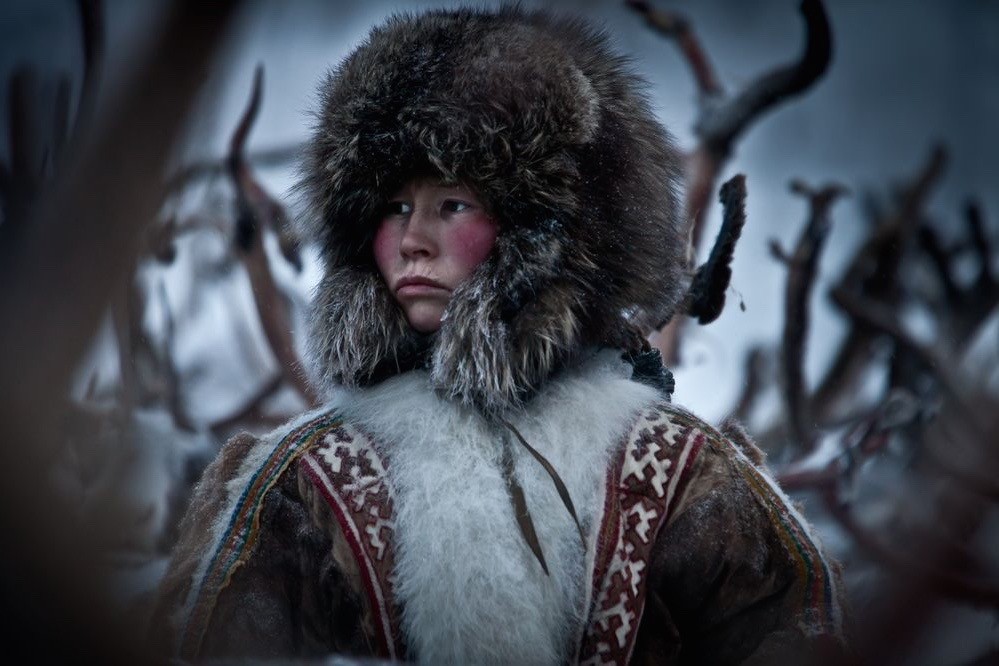
There are also industrialised cities within the Arctic Circle. The four largest communities are in Russia and Norway: Murmansk (population 307,257), Norilsk (175,365), Tromsø (71,590) and Vorkuta (70,548).
In the Antarctic, there is no indigenous population. There are zero permanent inhabitants but there are numerous research stations set up across the continent. In the summer as many as 5,000 people reside in the Antarctic but this drops to around 1,000 in the winter. You won’t be visiting any craft markets here!
Cost
Simply put, polar travel is expensive. You will be visiting the most inhospitable regions on the planet where life is hard. The Arctic Circle is far more popular due to its accessibility and the fact that travel is cheaper there.
That said, some of the most expensive countries in the world (Norway, Sweden, Finland, Russia) are located along and within the Arctic Circle, making even the cheapest Polar weekend break an expensive affair.
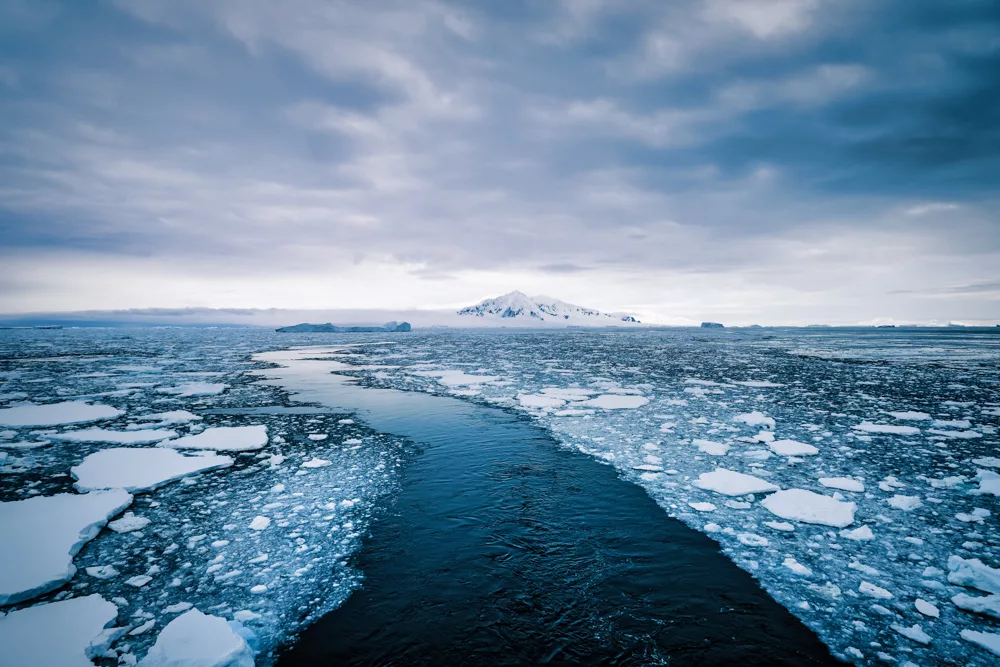
The Antarctic is without a doubt more expensive than its northern sibling. It is further away from transport hubs, there is no permanent accommodation available and life is simply harder further south.
For an easy comparison of costs, a 10-day Arctic cruise with Albatros starts at around $4,000. In comparison, a similar 10-day Antarctic cruise costs $7,195 plus the considerable costs of getting to Ushuaia in Argentina.
Likewise, at the more extreme end of the scale, Adventure Consultants’ North Pole – Ski the Last Degree trip (13-15 days) starts at around $54,000 while the equivalent South Pole – Ski the Last Degree trip (16 days) starts at $65,000.
Aurora Australis or Borealis
One of the most stunning natural phenomena in the world are the Aurora Borealis and Aurora Australis, more commonly known as the Northern and Southern Lights. Unless you’re a Norwegian astronomer there really is little difference between the Northern Lights and the Southern Lights other than geographical location. They both take place over the Polar regions and are basically the same phenomenon.

That said, the Northern Lights are far more accessible. They can be viewed from Iceland, Finland, Norway, Sweden, Denmark, Scotland, Russia, Greenland, Canada and Alaska. Outside of continental Antarctica, the Southern Lights can only be seen from southernmost New Zealand, Argentina and Australia.
North or south?
Polar travel like most forms of travel is on the rise. It is almost impossible to verify how many people visit the Arctic but numbers are certainly rising. In Antarctica, visitor numbers appear to be doubling every 10 years.
During the 1999-2000 tourist season, around 14,000 people visited Antarctica. By the 2009-2010 season, that figure had risen to an estimated 37,000, and by the 2019-2020 season, IAATO reported 73,991 had visited Antarctica.
One assumes that this figure will continue to double every 10 years although I doubt (and hope) the Antarctic or the harder-to-reach areas of the Arctic will ever compete with Thailand or other popular destinations.
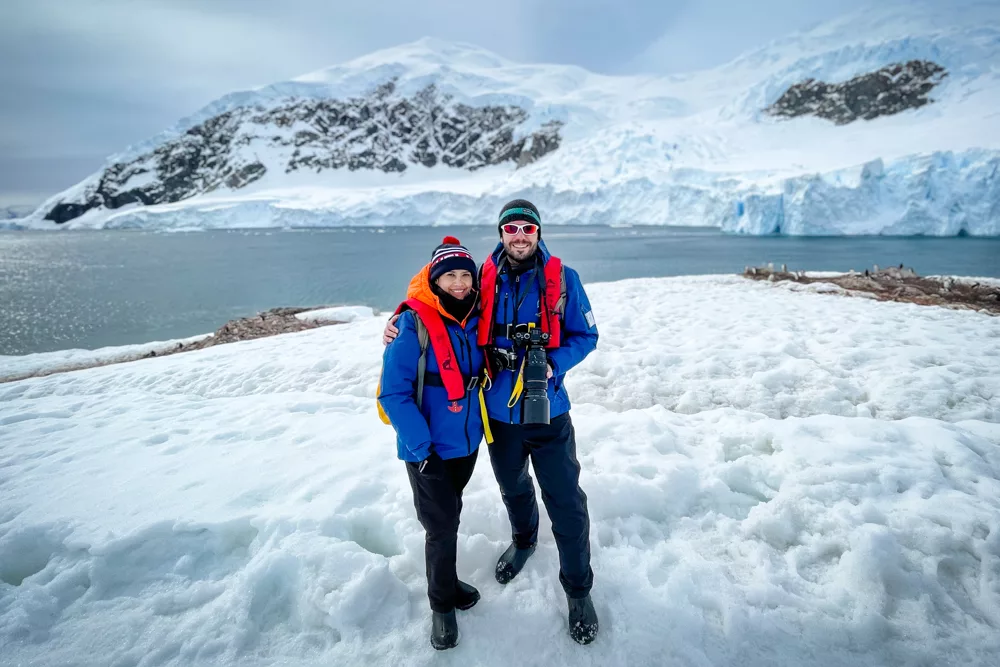
For me, the Antarctic is the very definition of adventure. The very mention of its name evokes tales of against-the-odds survival and iconic names such as Amundsen, Shackleton and Scott. I dream of completing the seven summits which means that one day I will have to climb Vinson Massif in Antarctica – an ambition I look forward to with both boyish enthusiasm and wary trepidation.
Maybe it’s because we live in Europe but the Arctic simply doesn’t have the same allure as the Antarctic. Of course, we were keen to visit Greenland, trek the Arctic Circle Trail, see the Northern Lights and cross the Arctic Circle but considering many of these are just a (relatively) short plane ride away, it just doesn’t have the same end-of-the-Earth appeal.
Arctic or Antarctic? For me, it has to be the Antarctic.
